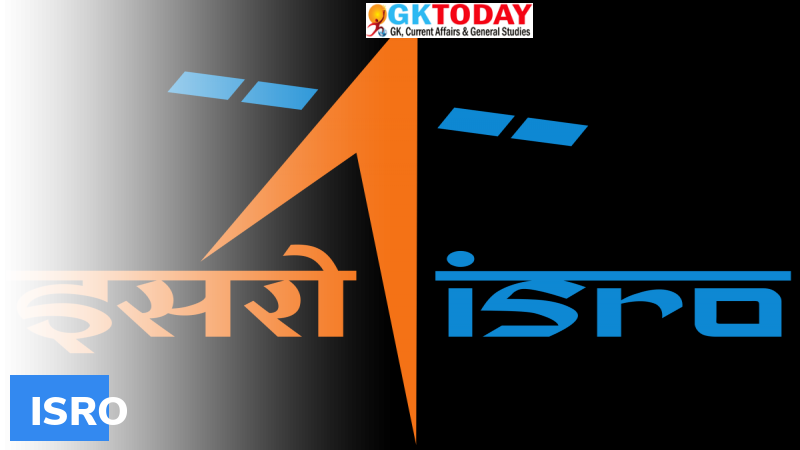Gaganyaan: ISRO successfully test fires liquid fuel engine
Indian Space Research Organisation (ISRO) has successfully conducted the third long duration hot test of liquid fuel powered, Vikas Engine.
Highlights
- With this testing, ISRO has moved further for its first human space mission Gaganyaan.
- Third long duration hot test of liquid propellant Vikas Engine was conducted for core L110 liquid stage (engine) of human rated Geosynchronous Satellite Launch Vehicle Mk III (GSLV Mk III).
- This test was a part of engine qualification requirements for Gaganyaan Programme.
- Engine was fired for 240 seconds at engine test facility of ISRO Propulsion Complex (IPRC), Mahendragiri in Tamil Nadu.
- ISRO have planned to fly two human rated unmanned GSLV-Mk III rockets before sending Indian astronauts in third rocket.
Gaganyaan Mission
Gaganyaan Mission is planned by Indian Space Research Organisation (ISRO). Under the mission three flights will be sent into orbit. It will comprise of two unmanned flights and one human spaceflight. Gaganyaan system module called Orbital Module will carry three Indian astronauts, including a woman. Spaceflight will move around the Earth for 5 to 7 days at low-earth-orbit at an altitude of 300-400 km from Earth.
Payloads of Mission
The payload of the mission comprises of-
- Crew module, which will carry human beings.
- Service module, which will be powered by two liquid propellant engines. It will comprise of emergency escape and emergency mission abort.
How it will be launched?
Gaganyaan mission will be launched through a three-stage heavy lift launch vehicle called GSLV Mk III or LVM-3 (Launch Vehicle Mark-3) because it has necessary payload capability.
How astronauts will be Trained?
Human Space Flight Centre of ISRO and Russian government-owned Glavkosmos signed a deal in June 2019 to provide Russian support in selection of candidates, their medical examination and space training.
Month: Current Affairs - July, 2021


